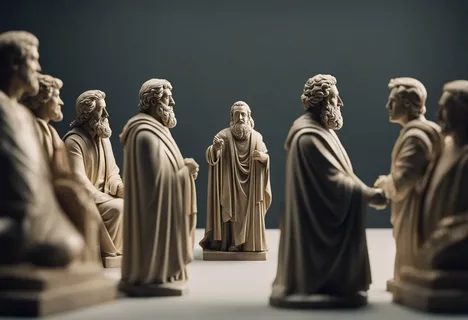The Islamic Golden Age: Preservation and Innovation
During the Islamic Golden Age (8th to 14th centuries), scholars in the Middle East translated and preserved Greek texts and added their own innovations. Thinkers like Alhazen (Ibn al-Haytham) emphasized the importance of observation and experimentation. His “Book of Optics” laid out a clear methodology that resembled the modern scientific method, including hypothesis formation and testing through observation.
Advertisement
The Renaissance and the Birth of Modern Science
The Renaissance era (14th–17th century) brought a renewed interest in empirical observation. The invention of the printing press allowed scientific ideas to spread rapidly. Figures like Copernicus, Galileo, and Kepler revolutionized our understanding of the cosmos. Galileo, in particular, championed the use of experiments to test hypotheses, famously using inclined planes and telescopic observations to challenge prevailing beliefs.
Francis Bacon further formalized the scientific method in the 17th century. In his work Novum Organum, he proposed a system of inductive reasoning—gathering data through observation and moving toward general conclusions. Around the same time, René Descartes advocated for deductive reasoning, starting from self-evident truths and deriving conclusions through logic. Modern science blends both approaches.
The Enlightenment and Scientific Institutions
The 18th century Enlightenment saw the rise of scientific societies and journals. The Royal Society of London and the French Academy of Sciences provided platforms for peer review and collaboration. Isaac Newton’s Principia Mathematica exemplified the power of combining mathematics with empirical observation, setting a precedent for centuries to come.
The 19th and 20th Centuries: Specialization and Experimentation
As science advanced, it began to fragment into specialized disciplines—biology, chemistry, physics, and others. The 19th century witnessed the formulation of key theories: Darwin’s theory of evolution, Mendeleev’s periodic table, and Maxwell’s equations. The scientific method continued to evolve, incorporating more rigorous statistical analysis and controlled experimentation.

